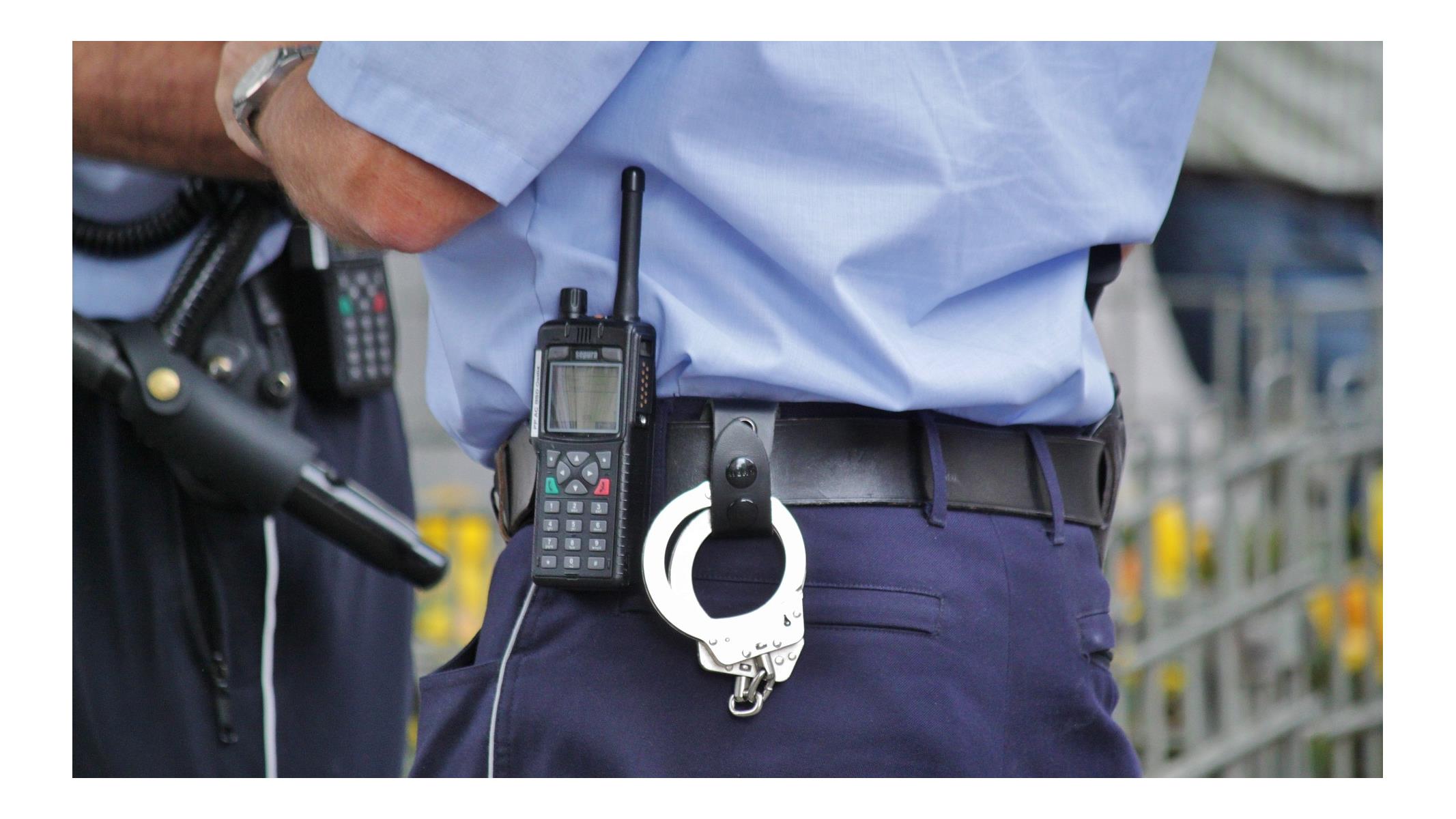Radio communication is a vital aspect of modern society, enabling seamless connectivity across vast distances. From emergency services to broadcasting and aviation, radio communication plays a crucial role in various industries. In this blog post, we will delve into the intricacies of radio communication, exploring the steps involved and providing valuable insights for both professionals and enthusiasts.
- Understanding Radio Waves:
To comprehend radio communication, it is essential to grasp the fundamentals of radio waves. Radio waves are a form of electromagnetic radiation that can transmit information through the air. They have different frequencies and wavelengths, which determine their range and propagation characteristics. - Modulation and Demodulation:
The process of transmitting information through radio waves involves modulation and demodulation. Modulation refers to the modification of a carrier wave by superimposing the desired signal, such as voice or data. Demodulation, on the other hand, extracts the original signal from the modulated carrier wave. - Antennas and Transmission:
Antennas are crucial components in radio communication systems. They convert electrical signals into radio waves for transmission and vice versa. Understanding antenna design, placement, and characteristics is vital for optimizing signal strength and coverage. - Radio Frequency Spectrum:
The radio frequency spectrum is a limited resource allocated for various communication purposes. It is divided into different bands, each with specific regulations and applications. Understanding the spectrum allocation and licensing requirements is essential for operating radio communication systems legally and efficiently. - Transmitters and Receivers:
Transmitters and receivers are the core devices used in radio communication. Transmitters convert audio or data signals into radio waves, while receivers capture and decode these waves to retrieve the original information. Both devices require careful configuration and calibration for optimal performance. - Propagation and Signal Quality:
Radio waves can be affected by various factors during propagation, including obstacles, atmospheric conditions, and interference. Understanding these factors and employing appropriate techniques, such as signal amplification and noise reduction, is crucial for ensuring reliable and high-quality communication. - Protocols and Standards:
To facilitate interoperability and efficient communication, various protocols and standards have been established. These include frequency modulation (FM), amplitude modulation (AM), digital communication standards like DMR and P25, and protocols for data transmission, such as Wi-Fi and Bluetooth. Familiarity with these protocols is essential for effective radio communication. - Safety and Regulations:
Radio communication systems must adhere to safety regulations and legal requirements to ensure interference-free operation and protect users' privacy. Knowledge of relevant regulations, licensing procedures, and best practices for secure communication is vital for professionals in the field.
Conclusion:
Mastering the steps in radio communication is a complex yet rewarding endeavor. From understanding the basics of radio waves to optimizing signal quality and complying with regulations, each step plays a crucial role in achieving effective and reliable communication. By delving into the intricacies of radio communication, professionals and enthusiasts can unlock the full potential of this technology and contribute to its continuous evolution.



